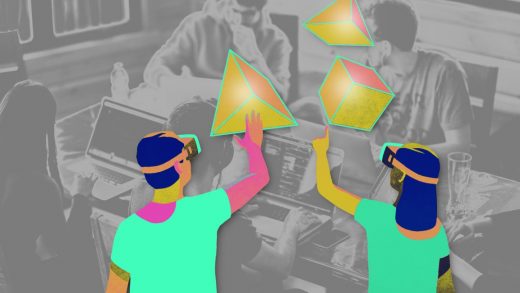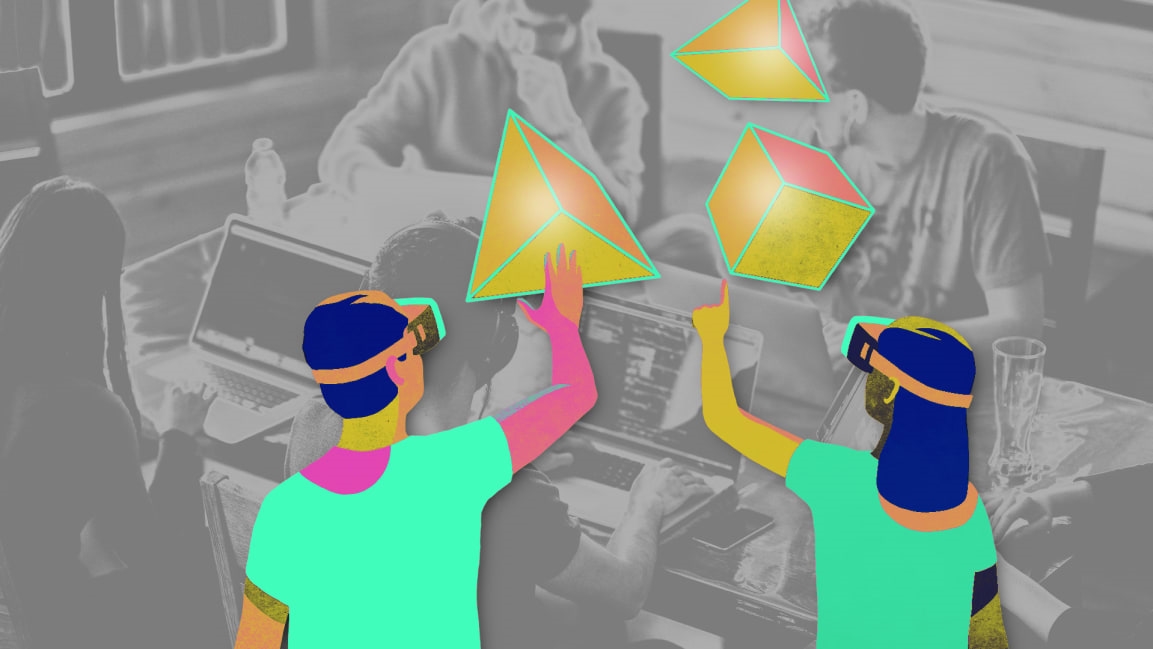How the metaverse is helping replicate the human experience at work
When the pandemic forced millions of teams to embrace remote work, tools like Dropbox, Zoom, Slack, and Atlassian’s Jira and Confluence made it possible to transition almost overnight. But the switch was rushed, and now we’re starting to see cracks in the foundation. The next step is replicating the human interactions and connections we’re accustomed to in the physical world in a digital one. The metaverse presents a massive opportunity here.
New people are joining our teams who we’ve never met in real life. All we know about them is their profile picture and their “I’m at a tropical beach” Zoom background. It all feels a bit sterile and forced. There are no serendipitous conversations at lunch and no happy hour beers to talk about life outside of work. Chat tools can help a bit. But how can we go from coworkers to actual teammates when we don’t really know the people we are working with?
Prior to the pandemic, our 100+ person team would have a yearly in-person get-together at a resort. Most of the time was spent talking, playing, and getting to know each other. Even though we have always been strong advocates for remote working, this event was critical to the trust and camaraderie our team enjoyed for the rest of the year.
At first, we used Zoom to pair up random people from the team to try and replicate the lunch table banter. But much like a bar that had no drinks, no darts, and no music, it felt a bit broken. So we started using VR headsets to play games like mini-golf and poker. Certain features like spatial audio and the 3D nature of the metaverse made the experience “feel” richer. When we did this weekly, it really cemented our connection and helped us form a strong bond with new team members we had never met in person before.
Playful events like this are a critical component of remote work because they facilitate the trust-building and camaraderie that distributed teams rely on during the rest of the year. And for teams that can’t get together in person as often as they’d like, the metaverse presents a powerful second option.
There is no way I’d try to convince you it was as fun as rainforest zip-lining in Puerto Rico or tubing in a lake in Georgia like we had done in years prior, but our VR Get Together and Virtual Mini-Golf Tournament helped us immensely to bond together as a team. After the success our smaller team had, our entire company at Atlassian hosted a global online party playing together in a custom Minecraft metaverse. We make sure our online events are voluntary and vary the types of events—from cooking classes to games, to volunteering events—so there’s always an opportunity for everyone.
An application on Oculus headsets even lets you work on your real-life computer at your desk at home while sitting next to your online colleagues in a virtual room. While you are working on writing code, you can turn your head and ask someone to lean over and take a look at it. It is definitely still a “beta software” experience, but if I squint my eyes, I start to see technical solutions that will get us close to the serendipity and camaraderie we had working in person. Even if those features start to migrate to non-VR tools (like Zoom adding more 3D video features or using stereo mics at our desktops), VR is removing the remaining blockers that prevent working remotely from feeling like working in person.
If you decide to try VR for your team, make sure you equip folks with comfortable headgear. The premium head straps and silicon face shields help the experience immensely. Plan short events of just an hour to start as it can take time to become accustomed to the metaverse. You can try a virtual lunch table gathering to introduce people to the context: expense lunch, eat on Zoom together, and then while Zoom is running help everyone get into a mini-golf game together. Once people are comfortable with their headsets and experience firsthand the benefits, they’re likely to plan more time together on their own—which is what our teams have done after our Trello VR Get Together.
Remember that making your team feel like a TEAM is the most important ingredient to your success. Don’t neglect the opportunity to give them space to bond and have fun together. It will make your company more resilient, more creative, and even help with retention. Hopefully, soon we can do that on a sunny beach in Mexico, but in the meantime, the metaverse can get you further than you thought possible.
(28)



